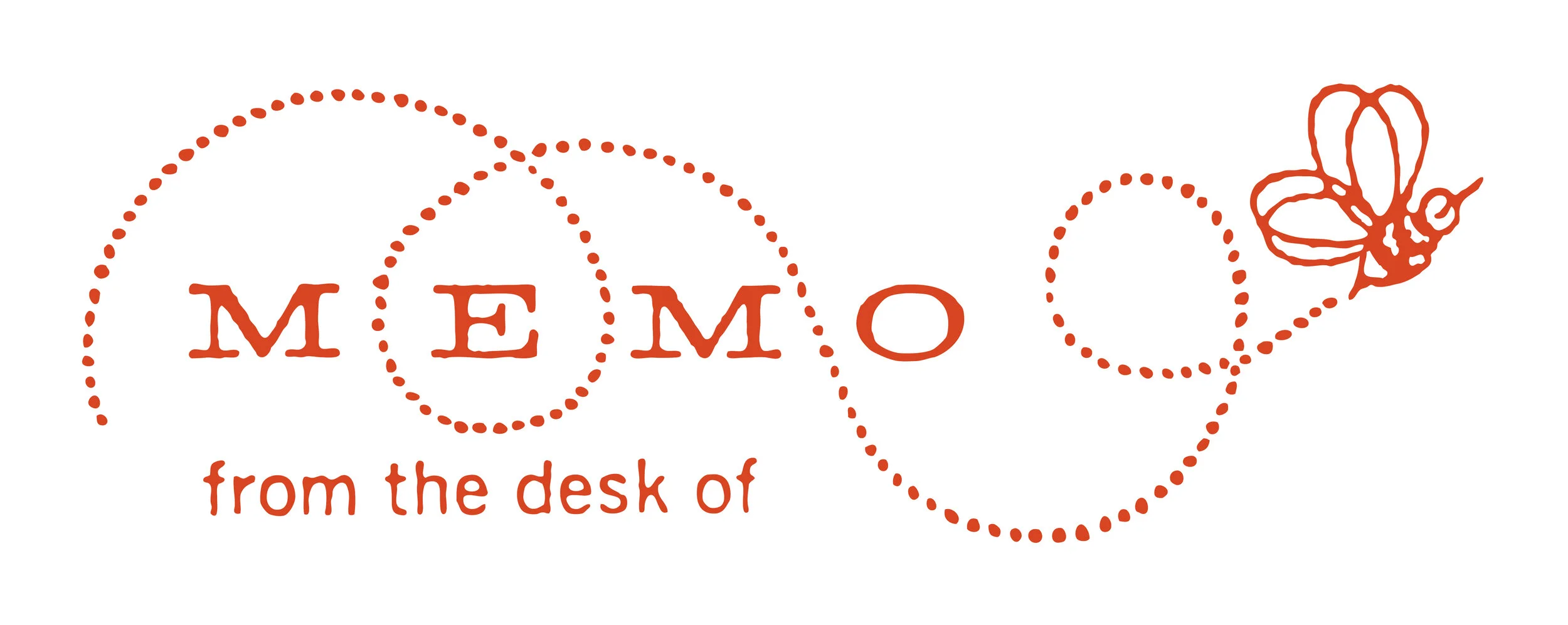"¿Qué es un memorándum? Un memorándum o 'memo' es un tipo de mensaje escrito que se transmite en una empresa para cambios internos y revisión. Ser capaz de editar, escribir y entender memorandos es una parte clave del éxito en el mundo de los negocios. Los memorandos suelen ser más breves en cuanto a extensión escrita y pueden tener desde tan sólo 100 palabras hasta unas 1.000, dependiendo del tema."
Writing Formal Letters
“Writing a formal letter has gone out of style with the rise of e-mails and text messages. However, it is not gone yet and if you would like to stand out as a great English writer, I really recommend you learn more about the art of writing formal letters. Writing a letter, in general, is great practice especially when it comes to developing your vocabulary and sentence structure.”
Utilizar hojas de cálculo para tener éxito
"Si estás aprendiendo un idioma como el inglés, puede ser difícil justificar el hacer deberes y hojas de trabajo y actividades adicionales. Sin embargo, he aquí un secreto para ti, querido lector: tienes que hacerlo como parte del proceso de aprendizaje. Para poder retener los conocimientos que has aprendido, ya sea a través de cursos online, clases particulares o clases en grupo, necesitas tener hojas de ejercicios o actividades para poder recordar cuáles eran los conceptos que tienes que poner en práctica."
Crear un currículum vitae
"¿Qué es un currículum? Para resumirlo, es la columna vertebral de tu trayectoria y experiencia profesional resumida en un documento de una o dos páginas que mostrarás a posibles empleadores y/o compañeros de trabajo. No es la suma total de quién eres como persona, sino más bien quién eres como trabajador y qué habilidades profesionales tienes que ofrecer y a quién podrían ser útiles tus habilidades. Para conseguir un mejor trabajo, un mejor salario o ese ascenso que te permita dar el siguiente paso en tu carrera, un buen currículum podría marcar la diferencia entre un "sí" o un "no" a la hora de conseguir esa oportunidad laboral."
The Art of Using Rhetorical Techniques
“Rhetorical techniques are used in English writing to convey a meaning or a sentiment that the reader understands and is able to relate to emotionally or otherwise. A technique like a metaphor or a simile is used to persuade a reader to consider the topic being addressed from a different point of view(s).”
The Utility of One-on-One Practice
“When you are learning a new language especially one where you don’t have a lot of access to native speakers of that language, your ability to learn the foreign language can suffer as a result. Even if you are learning from someone in your country who speaks with advanced proficiency, there is still a discernible difference between a native speaker who also would likely be a qualified teacher for foreign students and one who is a teacher but is still a non-native teacher.”
Stringing Together Semicolons
“Similar to commas, Semicolons are an important punctuation mark that plays a key role in many English sentences. When you think of a semicolon, think of it being a slight pause in a sentence between the two main clauses or parts that should be separated as you would do with a comma. You will want to use the semicolon in between two independent clauses within a basic sentence and this is especially true if there is no coordinating conjunction being used such as and, or, but, etc.”
Orden y estructura de las frases
"¿Qué es la norma SVO? se estará preguntando. Buena pregunta. SVO significa Sujeto - Verbo - Objeto, que es el orden cronológico en el que se forman las frases en inglés. Otros idiomas además del inglés pueden formar oraciones como Sujeto - Objeto - Verbo, Objeto - Verbo - Sujeto u Objeto - Sujeto - Verbo pero sólo para este idioma en particular que estamos aprendiendo que es el inglés, nos vamos a quedar con Sujeto - Verbo - Objeto y la regla SVO".
Spot The Mistakes
“Once you have learned to embrace your errors, the next key part of being an editor of your written English language work is to spot the mistakes. You need to become proficient in catching your mistakes, understanding why they were mistakes, and then fixing them. You are bound to make some mistakes with your English writing but the best way to get over that hurdle is to spot them, understand them, and fix them.”
Embrace Your Errors
“It's natural to make mistakes. As famous English poet Alexander Pope once wrote, "To err is human." To err or to make a mistake is unavoidable and the earlier you accept the fact, the faster you will be able to move on. If you can't acknowledge your mistake, you won't be able to fix it which will help you to become a better English learner. The 1st step in the process of improving your proficiency is realizing you are going to make mistakes and to be ready to correct them so that it does not happen again.”















